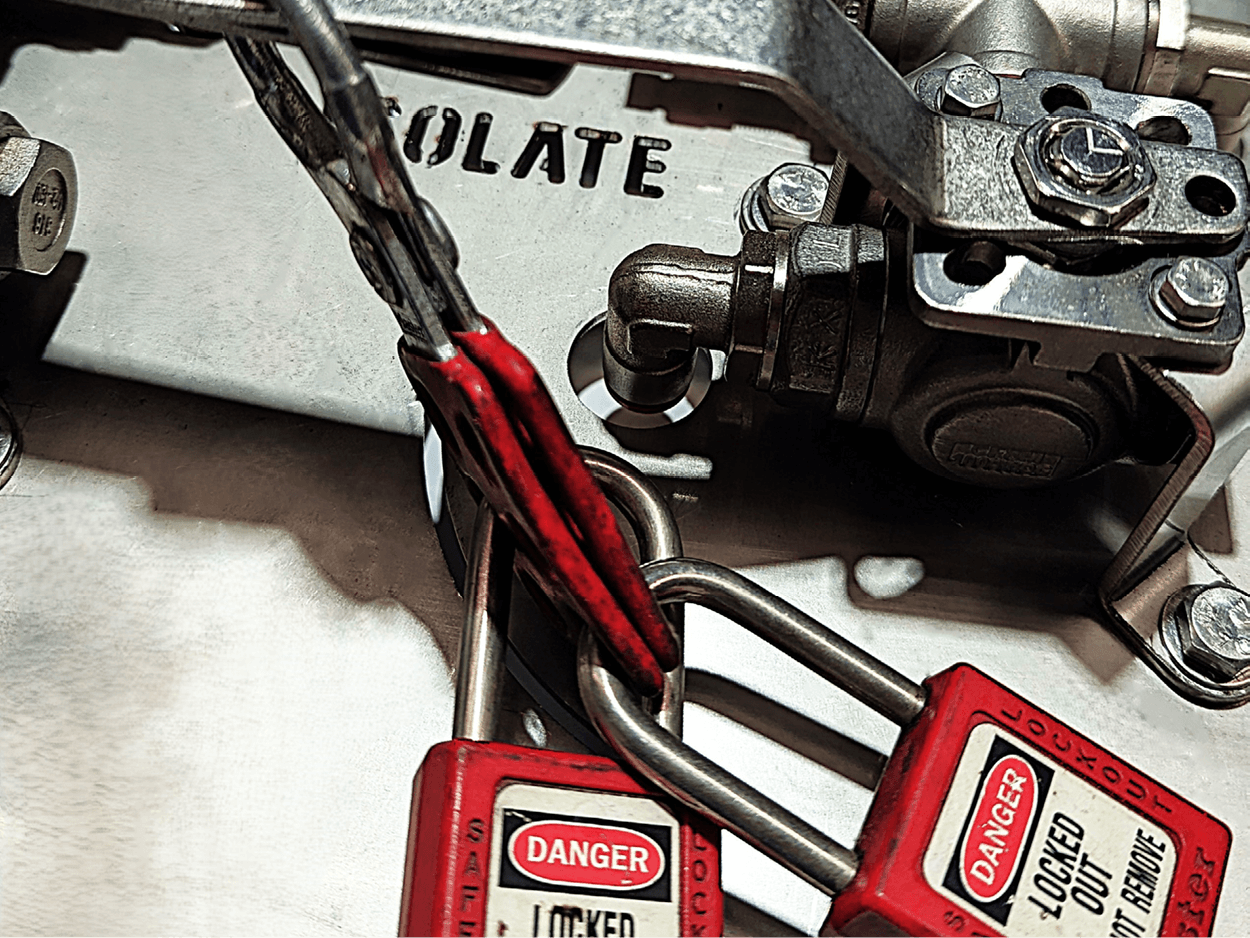Compressed gases, including air, are essential in many mechanical and industrial applications, but they come with significant risks if not handled properly. Compressed air, for instance, is a high-pressure stream used for various tasks. At pressures as low as 40 pounds per square inch (psi), it can propel particles like metal chips with dangerous force, causing severe injuries to the eyes, face, and other body parts. Even lower pressures, such as 5 psi, pose risks, including damage to sensitive areas and potential life-threatening air embolisms if the air enters the bloodstream through skin breaks. Additionally, the noise generated by compressed air systems can reach levels between 120-130 decibels (dB), well above the 90 dB limit set by safety regulations, leading to potential hearing damage.
Similarly, compressed gas cylinders, which contain gases at high pressures, present their own set of hazards. Leaks, broken valves, or physical damage to these cylinders can lead to rapid gas release, posing explosion and fragmentation risks. Extreme temperatures or physical impact on the cylinders can exacerbate these dangers, threatening both life and property.

To mitigate these risks, implementing an effective isolation procedure is crucial. This safety protocol ensures that all hazardous energy sources are controlled, preventing accidental releases and managing other associated risks. An ideal isolation procedure includes shutting down the machinery, identifying all energy sources and hazards, locating isolation points, and then isolating and de-energizing all sources. Isolation points should be secured with padlocks, multi-padlock hasps, and danger tags to restrict access.
To support these critical safety measures, our Pneumatic Energy Isolation Stations offer an advanced and customisable solution for isolating compressed air energy. These stations are designed to completely isolate pneumatic actuators and safely release stored energy. Featuring a streamlined four-step procedure—testing the pressure gauge at central test point, checking isolation station test points, isolating and locking out with approved lockout devices, and confirming energy discharge by testing isolation station pressure fittings—our stations enhance safety and efficiency. Equipped with industrial tyre valve test points, they ensure thorough and secure energy isolation, making them an essential tool for maintaining safety in your operations.


